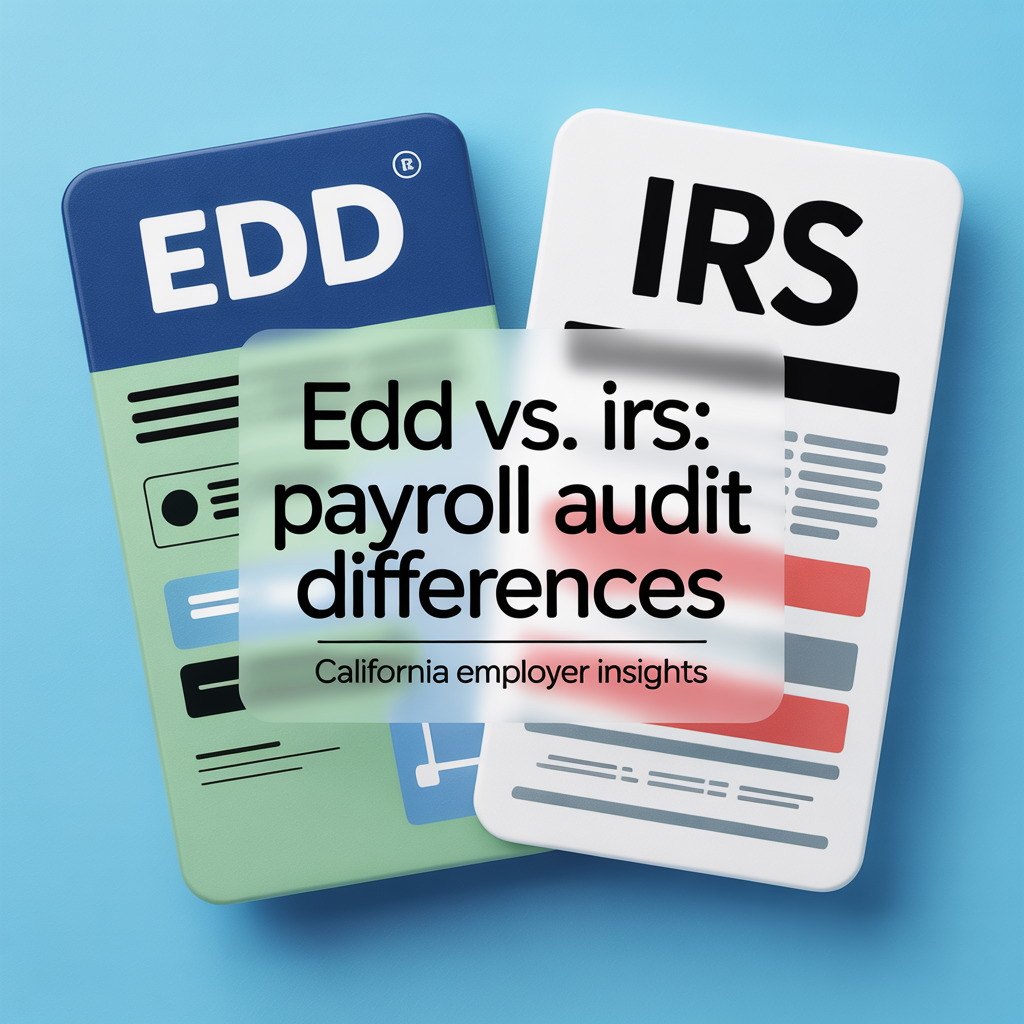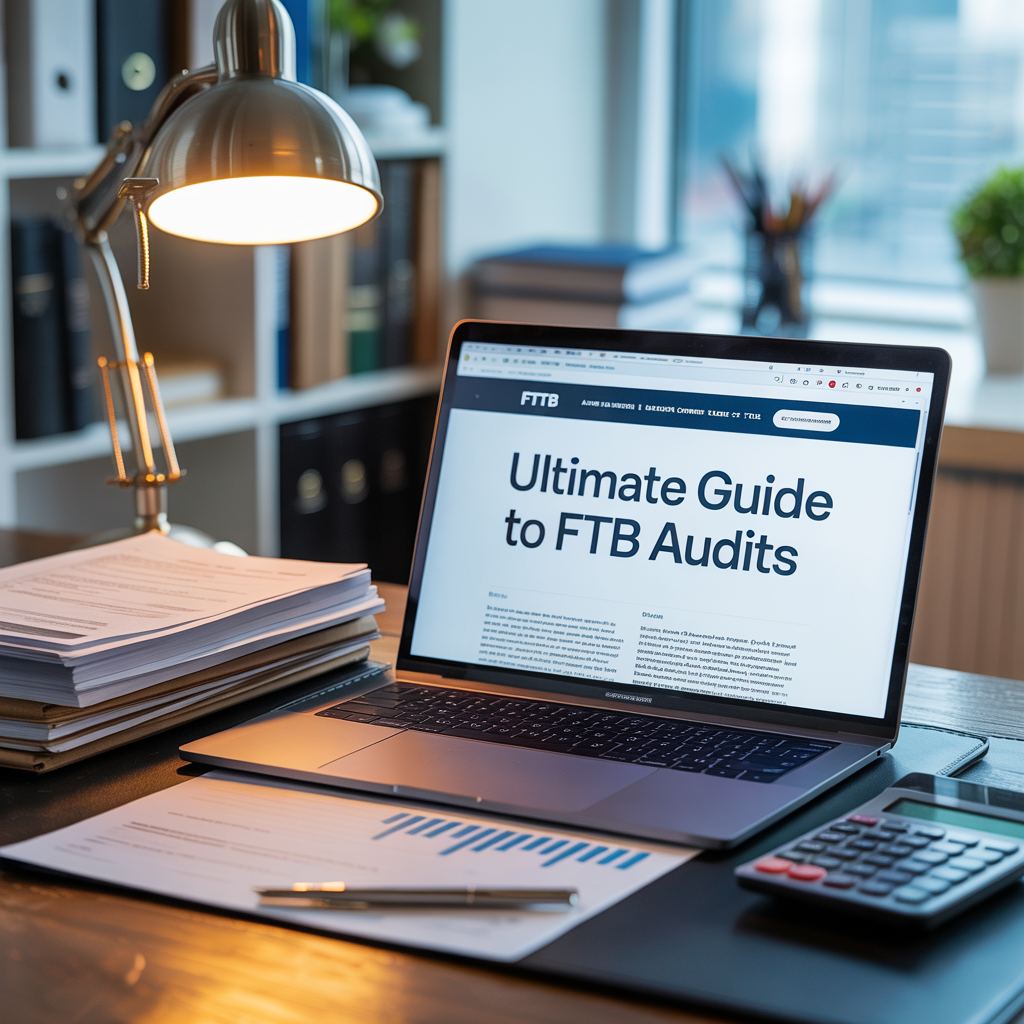Can You Negotiate Both IRS and FTB Debt at the Same Time

Introduction: Two Tax Agencies. One Problem.
Owing tax debt is overwhelming enough. But owing both the Internal Revenue Service (IRS) and the California Franchise Tax Board (FTB)?
When you have dual debt, you need a plan to get help negotiating with the IRS and resolve your California FTB tax debt without triggering new enforcement from either agency.
If you're facing dual tax debt — from both federal and state agencies — you may be wondering:
“Can I handle both at the same time? Or do I need to deal with one before the other?”
The short answer:
✅ Yes, you
can negotiate both — but it requires strategy, coordination, and precision.
This guide will help you understand the differences between federal and state relief options so you can avoid costly mistakes.
🔍 Understanding the IRS and FTB: Two Different Beasts
| Feature | IRS | FTB |
|---|---|---|
| Jurisdiction | Federal | State of California |
| Debt Types | Income, payroll, penalties | CA income, business entity taxes |
| Collection Style | Formal, slower | Fast, automated, aggressive |
| Programs | OIC, Installment, CNC | OIC, Installment, Hardship Deferral |
| Notices | Multiple, detailed | Few, fast-moving |
| Lien Threshold | $10,000+ | $100+ |
👉 IRS Tax Relief vs FTB Relief – Key Differences
⚖️ Why Many Taxpayers Owe Both
It’s more common than you think, especially for:
- Self-employed professionals
- Small business owners
- Real estate investors
- Gig economy workers
- Anyone who moved between states
Filing errors, underpayment of estimated taxes, and missed deadlines often result in simultaneous balances to both agencies.
💥 What Can Happen If You Ignore One While Negotiating the Other?
Let’s say you focus on resolving your IRS debt but ignore the FTB:
- The FTB may garnish your wages
- File a lien against your home or business
- Levy your bank account — even if the IRS just paused collections
Or vice versa: The IRS could start enforcement while you’re in talks with the state.
This is why you must see which agency is more aggressive in collections before deciding your priority.
✅ Can You Negotiate Both at the Same Time? Yes — Here’s How
The key is to:
- Treat them as two separate negotiations
- Prioritize based on enforcement risk and financial exposure
- Build a unified financial disclosure package
- Use a CPA or resolution specialist who understands both systems
If both agencies are actively pursuing you, your strategy must also prevent simultaneous levies from the IRS and FTB to protect your income and accounts.
🧠 Step-by-Step Strategy to Handle IRS and FTB Debt Together
✅ 1. Get Transcripts from Both Agencies
- IRS Wage & Income + Account Transcripts
- FTB Account Transcript + Notices
You need a full picture of what each agency thinks you owe.
✅ 2. Prepare a Master Financial Disclosure
You’ll need:
- Full income documentation
- Living expenses
- Asset values (home, vehicles, bank, crypto)
- Debt and liabilities
💡 Use one clean format to submit to both agencies.
👉 How the FTB Evaluates Your Ability to Pay
✅ 3. Prioritize the Most Aggressive Creditor
In many cases, that’s the FTB, which:
- Files liens faster
- Garnishes wages with less notice
- Levies accounts with minimal delay
If the IRS is in “quiet mode” (e.g. paused enforcement or no recent notices), it may be better to handle FTB first.
✅ 4. Submit Relief Applications Separately but Strategically
- IRS: Offer in Compromise or Installment Agreement
- FTB: Offer in Compromise, Installment Agreement, or Hardship Deferral
Each application is submitted separately — but your strategy must be unified.
Before filing, compare settlement programs before you negotiate so you understand each agency’s rules.
✅ 5. Prevent Cross-Sabotage
Example:
- You propose an IRS Offer based on financial hardship, but the FTB is garnishing your paycheck — this ruins your cash flow analysis.
- Or you get into an IRS Installment Agreement, but now you can’t afford FTB payments.
Your CPA should coordinate timing to pause enforcement long enough to file both resolutions.
🧾 Can You Get Both IRS and FTB Offers in Compromise Accepted?
Yes — but it’s difficult.
Success depends on:
- Full compliance with both agencies
- Accurate, credible financials
- Demonstrated hardship
- Realistic offers that reflect your ability to pay
👉 FTB Offer in Compromise Success Rates & Mistakes to Avoid
🔁 What If You Settle One but Not the Other?
That’s common — and still a win.
For example:
- You settle your FTB debt for $6,000
- But your IRS debt remains at $30,000
- You then enroll in a long-term payment plan with the IRS
This staggered approach still provides significant relief and prevents aggressive collections.
🧭 How Boulanger CPA Helps Orange County Taxpayers with Dual Debt
We work with clients across Irvine, Santa Ana, Anaheim, Fullerton, and surrounding areas to:
- Analyze and map IRS + FTB debt
- Prioritize risk and exposure
- Prepare parallel settlement or payment plans
- Negotiate with both agencies simultaneously
- Stop levies and garnishments from either source
📞 Call
657-218-5700
🌐
www.orangecounty.cpa
Frequently Asked Questions
Can I negotiate with both the IRS and FTB at the same time?
Yes. You can negotiate with both agencies, but each has its own process, eligibility requirements, and enforcement timelines.
Will the IRS and FTB work together on my case?
Not usually. They are separate agencies, and each will require its own resolution strategy and paperwork.
Can I use one payment plan for both debts?
No. Each agency manages its own payment plans or settlement programs, so you will need separate agreements.
What happens if I ignore one agency while negotiating with the other?
The agency you ignore can still enforce collection actions, including bank levies, wage garnishments, and liens.
Is it better to settle one debt before addressing the other?
Not always. In some cases, simultaneous negotiations can prevent overlapping enforcement actions and protect your finances.
How can a CPA help with dual negotiations?
A CPA experienced in both IRS and FTB matters can coordinate strategies, manage deadlines, and help you avoid conflicting agreements.
📣 About the Author
Marc Boulanger, CPA is the founder of Boulanger CPA and Consulting PC, a boutique tax resolution firm based in Orange County, California and trusted by high-income individuals and business owners across Southern California.
He is the author of Defend What’s Yours: A California Taxpayer’s Guide to Beating the IRS and FTB at Their Own Game, available now on Amazon. The book offers a step-by-step plan for resolving IRS and FTB tax debt without losing your business, your home, or your peace of mind.
With over a decade of experience resolving high-stakes IRS and State tax matters, Marc brings strategic insight to complex cases involving wage garnishments, bank levies, unfiled returns, and six-figure tax debts. He is known for helping clients reduce or eliminate tax liabilities through expertly negotiated settlements and compliance plans.
Marc is a Certified Public Accountant licensed in California and Oklahoma and holds the designation of Certified Tax Representation Consultant. He is a member of the American Society of Tax Problem Solvers (ASTPS) — the national organization founded by the educators and practitioners who have trained thousands of CPAs, EAs, and tax attorneys in IRS representation strategy.
Every case is handled with discretion, proven methodology, and direct CPA-led representation — not call center scripts.
📍 Learn more at www.orangecounty.cpa or call (657) 218-5700.










